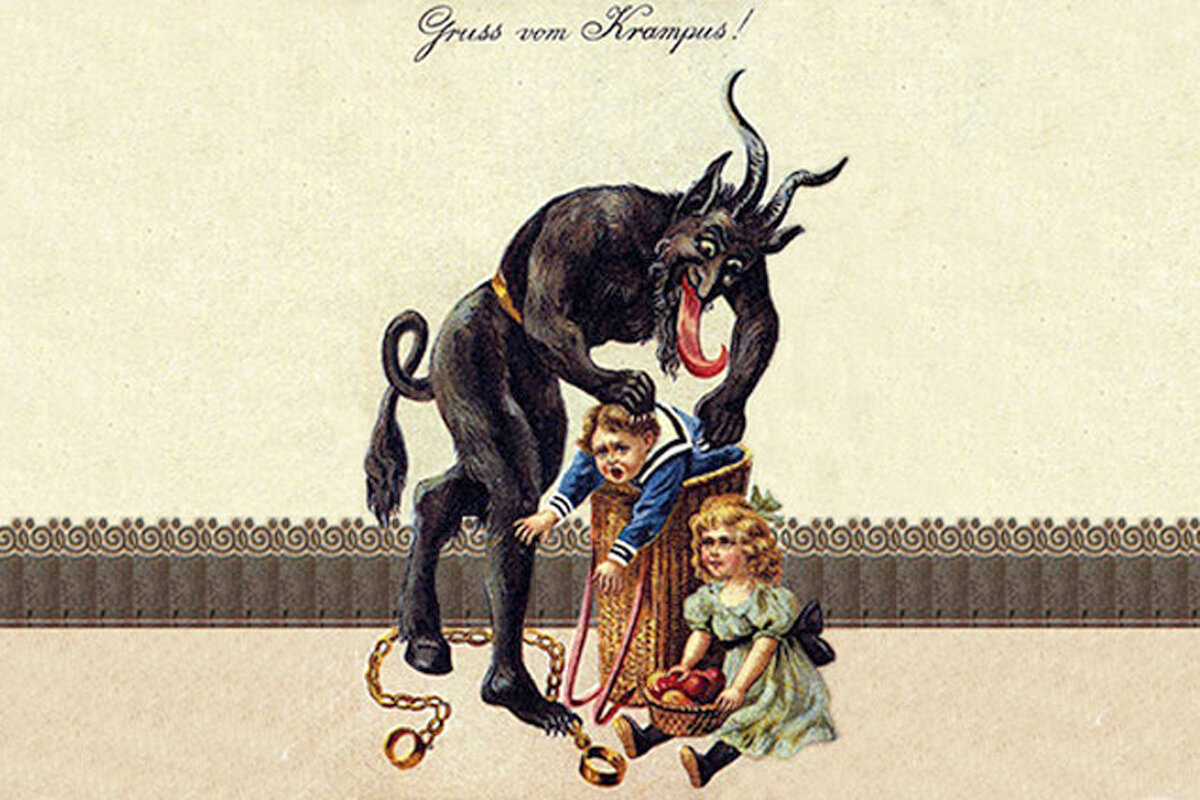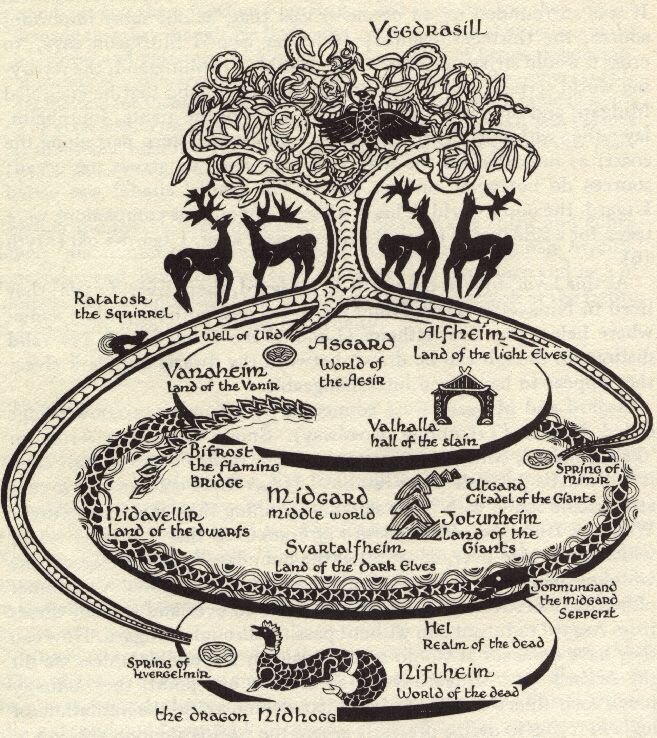There are so many ways you can bring your Pagan practice into your kitchen. From what we know about historical paganism, feasting and prepping offerings for the Gods was an essential part of religious life. And looking at historic witchcraft sources we know that a lot of spells and rituals were done right in the kitchen. So today, I’m going to take you into my kitchen and share a few ways I’ve organized and decorated my space to be in alignment with my spiritual beliefs & practices.
1 - Bring a Broom into your Kitchen
One of the most obvious witchy items in my kitchen is the besom (witch’s broom) that I hang on the side of my cabinets. According to folklore a besom kept upright by the front door is said to protect everyone who lives within the home and prevent any evil from entering. My current besom is just a simple cinnamon broom from Trader Joe’s, so don’t feel pressure to invest a ton of money into something like a witch’s broom. I’m definitely of the mindset that Paganism & witchcraft doesn't need to be an expensive practice and if you can make the items yourself, even better.
2 - “Magick” your Morning Beverage
One of my daily routines is making tea so I have a little space on my counter for my kettle. Even though making tea is a super simple task I try to infuse a little witchcraft into this daily routine. I do that in two ways, first by the choice of tea to drink as certain herbs have specific magical properties. For example, today I’m drinking some camomile tea and traditionally chamomile is associated with luck and prosperity. Herbs and spices in general often have magical correspondences so when you’re making tea & food pay attention to which herbs or spices you're using as it might have an interesting magical correspondence that you can use for a bit of kitchen magic.
The other way I like to “magick up” my tea or food is by visualization. For example, when I pour water for my tea I try to visualize a glowing light and healing energy being poured into my cup. Even though it’s super simple, I think it really does help add a bit of positivity to my morning routine.
3 - Bring Nature Inside
Another easy way I like to bring Paganism into my kitchen is by bringing nature indoors so I try to keep fresh herbs and plants nearby so they both help with cooking and create an environment that is more attuned to the natural world. For me this also includes laying out some fruits & veggies so that they’re near at hand and providing a bit of natural decor.
4 - Incorporate Ritual Items in the Kitchen
I have a few items in my kitchen that I occasionally use as offering bowls. Having these items on my kitchen counter help remind me to occasionally prep offerings for deities and nature spirits. Other ritual items, such as candles or chalices, can also function as decor pieces for your kitchen when you’re not using them for ritual.
5 - Tarot Magic
Lastly, a real simple way I infuse magic into my kitchen is by having a tarot card on the outside of my fridge. I love tarot spells and one of the easiest ways to do magic with tarot is to simply place certain cards around your home so that they can impart subtle energy into the space and help remind you to make positive choices. Right now I have the Queen of Pentacles on the door of my fridge as this card represents nourishment and caring for others and one of the main ways I like to care for others and show them my love is by making them food. This particular Queen of Pentacles is from the tarot deck I created, The Key Tarot.
I really hope you enjoyed this little tour of my kitchen and how I like to use it as a Pagan witch. Next I’d love for you guys to share some of the simple ways you bring paganism or witchcraft into your kitchen, so definitely share your thoughts down in the comments.















